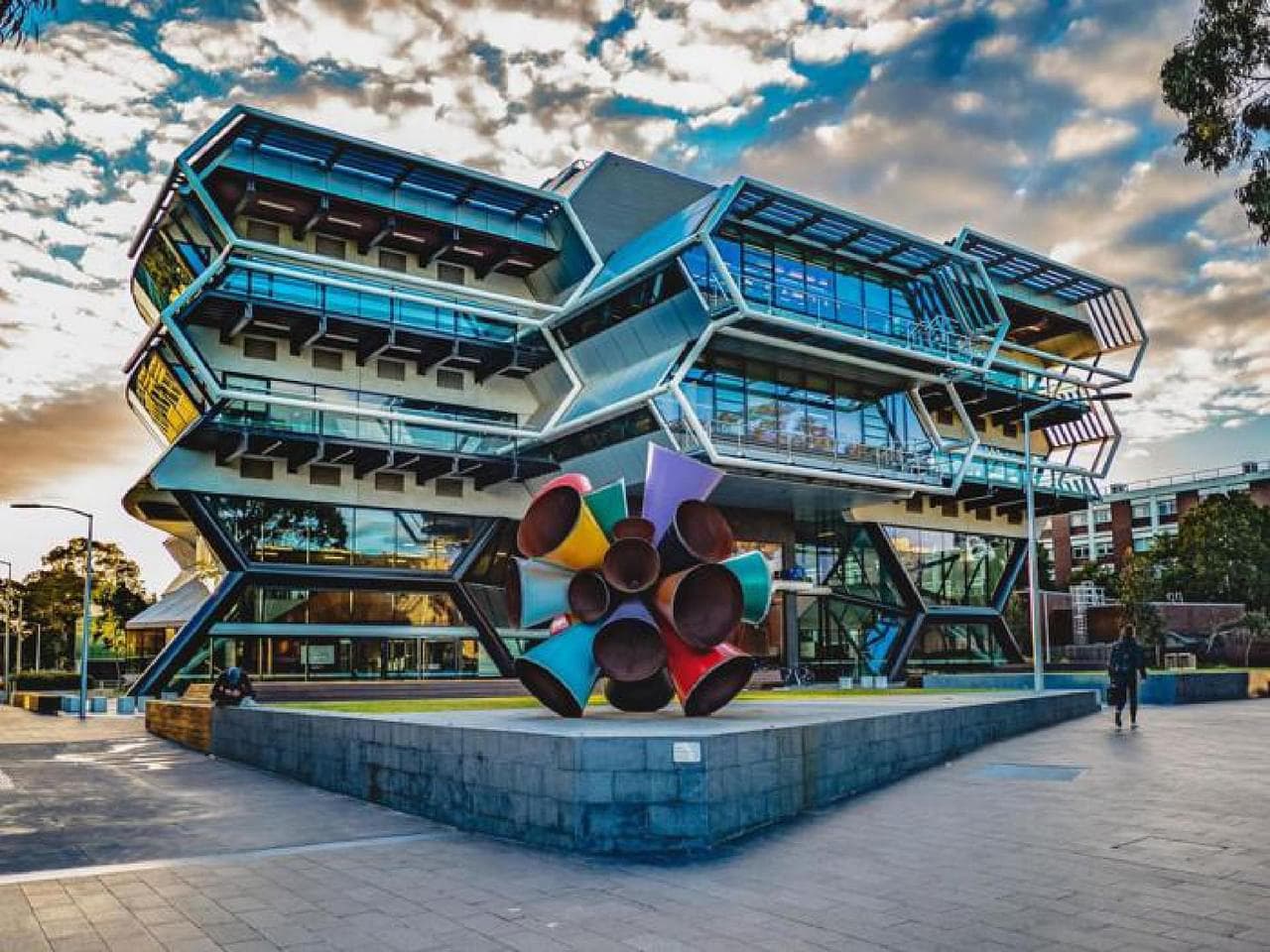The Bachelor of Design is a specialist course that develops through theme studies in history and theory, drawing foundation, and design studios specific to communication design. These will come together in the form of a graduand exhibition normally developed during the final two studio units in the third year of the course.
- Part A. History and theory studies
History and theory units will equip you with the skills necessary to research design issues and enable you to contextualise your own practice and communicate ideas and strategies. Through the prism of history, you will begin to situate the place of design in society by referencing pivotal art, design and architecture movements. Later units address issues of culture, society and specific design themes.
- Part B. Drawing foundation
This will assist you to develop the practical and intellectual skills required for art, design and architecture students in the discipline of drawing.
- Part C. Design studios
In the communication design studio units you will undertake a focused exploration of a range of media and elements including typography, image, layout, two and three-dimensional design, interactivity, sound and motion as core components to their communication design solutions. Studio-based projects across both print and digital media platforms will develop skills in narrative structure, typography, image construction and manipulation, interactive communication processes, production methods and technologies, and the planning and management of design outcomes.
- Part D. Occupational health and safety study
This will introduce you to occupational health, safety and environmental training particularly within the context of studying art, design and architecture.
The Bachelor of Media Communication is a specialist course, developed through three themes that combine to underpin media communication practice: strategic knowledge, practical and professional skills, and collaboration and leadership. In the double degree course you complete:
- Part A. Strategic knowledge
Builds students' competence in analysing and understanding the current state and past developments in media communication locally and globally; understanding impacts of media and communication transformation, and media power; creating future scenarios and media communication visions by developing students' preparedness and adaptability for future media communication change and creativity.
- Part B. Practical and professional skills
This involves developing students' competencies in linking knowledge and media practice in professional contexts, such as conceptual and implementation skills, project and content management skills, hands-on experience in putting knowledge into practice, and thereby testing and creatively experimenting with (strategic) knowledge about media transitions and transformations. It also involves developing students' competency in ethical and legal aspects of media communication.
- Part C. Collaboration and leadership
This involves competencies necessary for students to work in teams and in different knowledge communities and media communication professional settings. It includes competence in engaging with stakeholders, media literacy, and participatory research and media making in collaboration with experts from academia, industry, government, and the community. It also includes competency in social and cross-cultural awareness.
